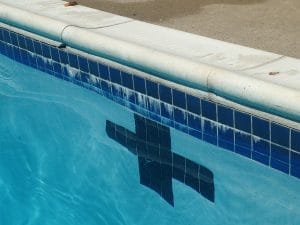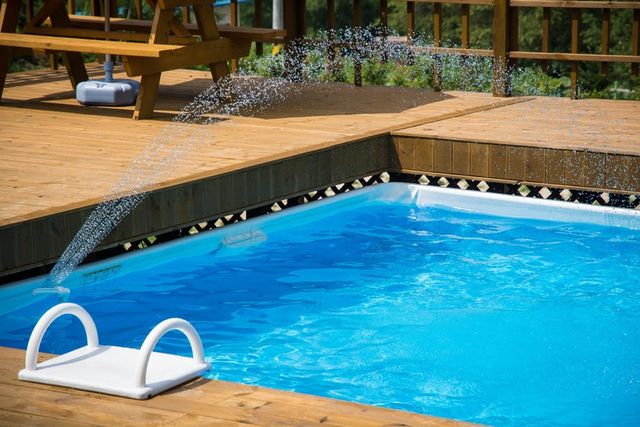If you discover that its silicate in your pool there may also be deposits in the pipes and filtration system and you might have to contact a specialist.
Calcium buildup in pool pipes.
Also if you live in an area of the country where hard water is just a fact of life you will have to clean your water pipes often or invest in a water softener system.
Calcium carbonate which tends to manifest as a flaky substance on the surface of the pool and calcium silicate which is grayish white and harder.
To protect your pool you need to remove calcium buildup altogether.
Step 2 shut off water.
The problem only gets worse and more expensive to fix as time goes by.
If this happens it needs to be taken care of right away.
Purchase a chemical product such as lime a way or clr.
If you are looking for a.
Step 1 fill pots of water.
You ll need to fill a large pot of water for each sink or shower drain you will be treating with the mixture.
You may also.
Step 4 fill your pipes.
If you see hard water build up occurring you ll need to install a water softener to treat the water.
But that s not the worst part.
Either way they re not exactly aesthetically pleasing.
How to clean calcium build up in water pipes.
Always try the simple natural solutions like vinegar to begin with before moving on to harsher chemicals and always wear protective gear to keep from getting injured.
One thing is for sure when you have calcium buildup on your water pipes you do not want to ignore it.
Calcium buildup also known as limescale can be dissolved by using acids but it is a rarity for buildups to occur in copper pipes.
Calcium can build up in your pool water when the ph levels are off and leave deposits on your pool tiles.
Step 5 while you wait.
Calcium buildup is nothing to ignore and just like all our pool problems it s easier to deal with if you stay on top of it with regular cleaning.
Calcium buildup in pool interiors is another common issue in concrete pools as many colored pool surfaces now use white cement instead of grey.
Turn off your water while working on your pipes.
Although it is possible the levels of calcium will need to be extremely high.
It s similar to what happens in your bathroom sink toilet or bathtub.
Removing calcium buildup in pipes.
Step 3 empty your pipes.
White cement contains around 36 calcium hydroxide which contributes to the challenge of managing calcium.
Calcium deposits aren t going to go away on their own.




























